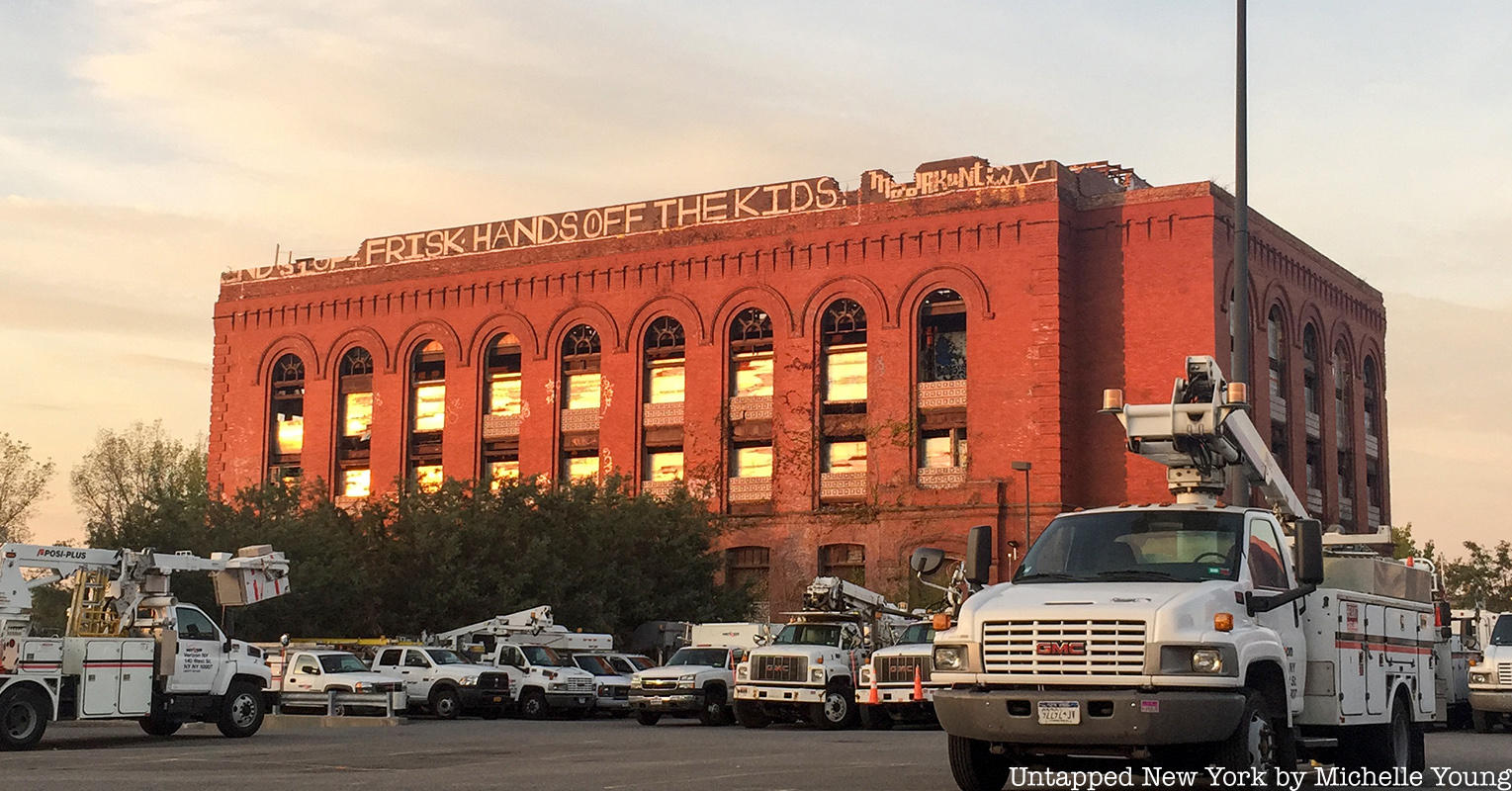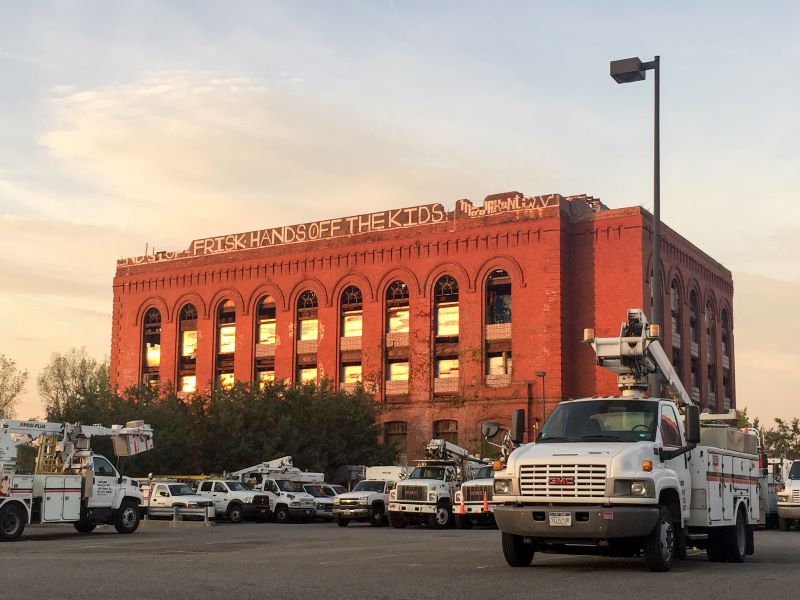Brooklyn was its own city before the creation of the five boroughs in 1898 and one of the nation’s largest ports and industrial centers in its own right. All that changed in the latter half of the 20th century when most of those industries fled to larger facilities outside the city. That left Brooklyn a wonderland of abandoned spaces for intrepid urban explorers.
Now you can do some urban exploring of your own from the comfort and safety of your computer with Untapped New York’s Chief Experience Officer Justin Rivers on August 18. Together, we will examine the past, present and future of Brooklyn’s most hidden abandoned spaces and learn about just how rare those spaces are becoming. This virtual talk will feature the off-limits photographs of Aaron Asis, Michelle Young, Augustin Pasquet, and other urban explorers. Explore the abandoned subway line from Brooklyn to Staten Island. See inside the infamous Gowanus Batcave. Pick through two boat graveyards in South Brooklyn. Discover one of Brooklyn’s greatest abandoned Victorian treasures. And go treasure hunting through Dead Horse Bay. The event is free for Untapped New York Insiders (and get your first month free with code JOINUS).
Back in 1912, it was proposed that a subway line of the Brooklyn-Manhattan Transit Company would leave the Fourth Avenue Line and traverse underneath Owl’s Head Park below the Verrazano-Narrows Bridge to connect with Staten Island. Work began in 1923 on the Brooklyn end of the subway, although it would never be completed. Mayor John Francis Hylan — who names Hylan Boulevard that runs 14 miles across Staten Island — broke ground in Owl’s Head Park, which ushered in the construction of a 24-foot wide tunnel. Hylan even mentioned that the tunnel would be wide enough to “take an elephant.” New York’s miners had made about 150 feet of progress before the project was cancelled due to political disputes and lack of funding. There were additional plans in 1939 to continue construction on the tunnel, but they never received funding. Proposals for a Staten Island Tunnel were brought up as recently as 2010.
The infamous Gowanus Batcave was the old Central Power Station of the Brooklyn Rapid Transit Company, which had long since been cast aside by society. Built in 1896 to serve a rapidly expanding subway system in the outer boroughs, the Gowanus Batcave is positioned on the banks of the Gowanus in such a way as to ensure an efficient intake of coal to power its arsenal of 32 boilers — which supplied eight 4,000 horsepower steam engine-driven generators. The station’s technology couldn’t keep up with the times, and after a brief second life as a paper recycling plant, the powerhouse was abandoned. Today, it’s more commonly known as the “Batcave,” supposedly named for the creatures that once congregated in its broken-down ceiling. In the early 2000s, a colony of homeless young people settled inside the building, establishing a thriving, peaceable community, but they have since left the abandoned structure. Now, Powerhouse Arts reimagines the power plant to create a new contemporary art center that meets the multidisciplinary needs of the artists it serves.
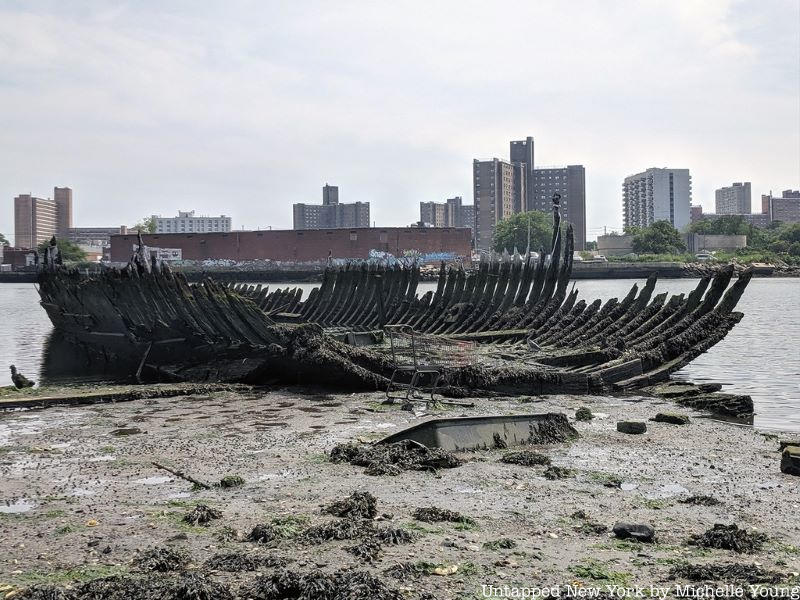
Coney Island houses a ramshackle collection of at least nine burnt, half-sunken boats, a tragically surfaced dolphin corpse, and one curiously famous submarine. When the Creek’s marinas began to close down in the 1950s, they left an overwhelming number of extraneous boats. “Scuttling” — deliberately sinking a ship by letting water flow into the hull — was also quite common at the time for people with boats who couldn’t pay docking fees for a watercraft they could no longer use. Though the ship graveyard was considered by some an “eyesore,” the Coast Guard doesn’t consider the abandoned ships an “actionable offense” and leaves the boats as they are. The ruins simply didn’t merit the money and energy necessary to remove them, especially when they haven’t been convincingly shown to interfere with boats currently in use or pollute the waters with oil or fuel leaks. In fact, removing the boats would pose the risk of releasing whatever toxins are lying dormant in the mud around them.
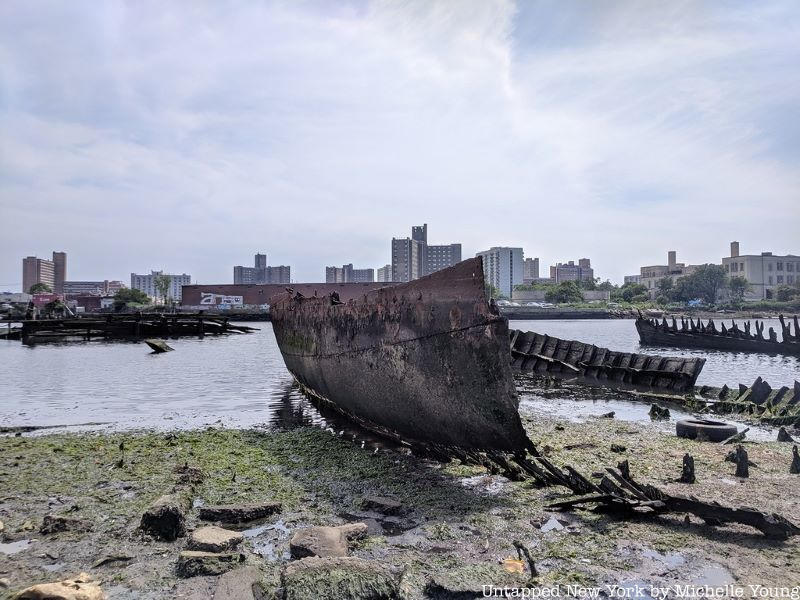
The Quester I — also known as the “Yellow Submarine” of Coney Island Creek — still looks like a hulking, 45-foot-long enigma. The once–bright yellow submarine was built and launched on Coney Island Creek in 1970 by a Brooklyn Navy Yard welder named Jerry Bianco. The Quester had raised several small wrecks in Gravesend Bay before it broke loose during a storm in 1981 and wrecked at its current location. The Quester’s original purpose was to find, raise, and salvage the Andrea Doria, a cruise ship which sank off Nantucket Island following a collision.
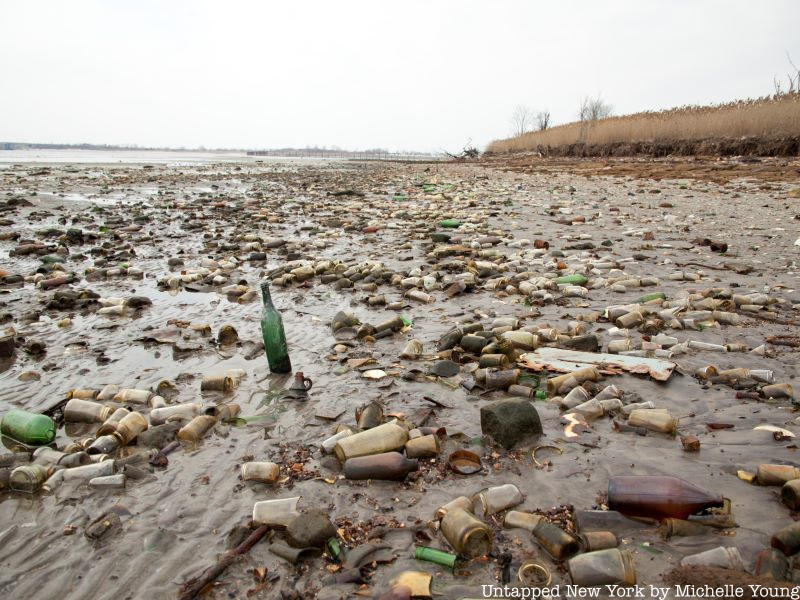
Tales of buried pirate treasure, putrefied animal carcasses, and environmental devastation are plenty on Dead Horse Bay, a desolate shoreline which once served as the final destination for the city’s carriage horses. Today this beach-comber’s paradise is covered with garbage dating back to a 1920s landfill deposit, offering a fascinating look at what New Yorkers were throwing away a century ago. In 1859, the first horse rendering plants were constructed on Barren Island processing dead horses by mashing them up, steaming them, separating the products and boiling the bones down into glue. The remnants became commercial fertilizer. Originally, Barren Island was considered ideal for this noxious activity; it was so remote that nobody would complain about the smell. Similar to the horses, trash would be boiled and steam cooked until a layer of grease emerged at the top to be skimmed off and sold for industrial lubrication and soap. With encroaching development, even Barren Island became too close for comfort. The stench would waft over to beach goers on Manhattan Beach where hotel evacuations would occur. The smell could reach a radius of 6 to 10 miles when the wind was right.
Together we will examine the past, present, and future of Brooklyn’s most hidden abandoned spaces and learn just how rare those spaces are becoming. The event is free for Untapped New York Insiders (and get your first month free with code JOINUS).
Next, check out 12 Abandoned Places to Discover in Brooklyn!






